Las Terrenas, Dominican Republic, offers you a better quality of life.
In the face of inflation and rising costs across the region and the world, the relative bargain prices are more irresistible than ever.
So, just how much will it cost you to retire to the DR?
You could live well here on a budget of as little as US$1,500 a month… or less.
Let’s break it down…
Click here for currency conversion at today’s exchange rate.
Groceries: US$250 to US$300 per month
The biggest supermarkets in Las Terrenas are Supermercado Lindo and Supermercado Pola. Lindo tends to be more expensive, in part because you can get more imported foods here. Stick to Pola if your budget is tighter.
You should plan on up to US$300 a month. This can be lower if you stick to local brands and fresh foods.
Internet: US$30 to US$100 per month
In some cases, your rent will include utilities and internet. In these cases, internet speed and reliability may not be the best. If you work remotely, think about splurging for a faster, better connection.
Most importantly, you could negotiate your rent price, so you can allocate that money for the provider and plan of your choice.
Also, service providers in Las Terrenas include Claro, CV Hotspot, Altece, and Tricom. With Claro, you can get basic internet speed of 5 Mbps for US$30 a month.
An internet speed plan of 10 Mbps to 20 Mbps can cost US$35 a month, while advanced speeds of 40 Mbps to 100 Mbps can cost up to US$100.
Rent: US$400 to US$1,200
On average, a one-bedroom, one-bathroom apartment rents for US$400 to US$700 per month.
A more modern, newer apartment with nicer amenities, furnishings, and finishes will cost you US$600.
A villa goes for US$1,000 monthly, a fully modern three-bedroom villa starts at about US$1,200 monthly.
Rents often include utilities and internet.
Utilities: US$75 to US$175
Anyone who is not planning to rent but rather to buy a place of their own, need to budget for utilities.
A tank of gas for cooking and hot water costs about US$20 and should last you two or three months.
Also, potable water is provided by the government and a monthly bill can be as little as US$5.
Electricity is notoriously expensive in this country. In Las Terrenas you’ll get your power through a company called Luz y Fuerza at a cost of about US$0.26 per kWh.
For comparison, the average cost per kWh in the United States is US$0.15.
Here in Live And Invest Overseas suggest you buy energy-saving appliances, as this makes a real difference in your monthly bill, and using air conditioning sparingly will save considerable money.
The monthly bill without the use of an air conditioner can be about US$60, but could be double that or more if you use air conditioning frequently.
Eating Out: Completely Dependent On Your Lifestyle
You have dozens of options for eating in restaurants in Las Terrenas. Overall, the price for an entrée with a drink goes from US$15 to US$30 per person.
A lot of dishes can seem overpriced. Unless you are eating at local Dominican eateries, restaurants in Las Terrenas are not as inexpensive.
Overall, you could live with your basic necessities in Las Terrenas for about US$1,300 per month.
Splurging a little more on groceries, a better mobile and internet plan, and eating out in restaurants and bars more than twice a week could raise the cost of living for a couple to US$1,500 to US$2,000 per month.










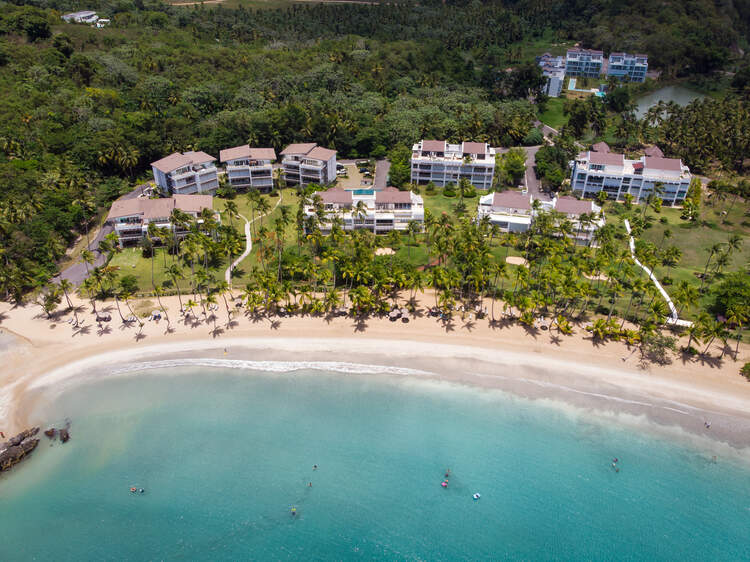

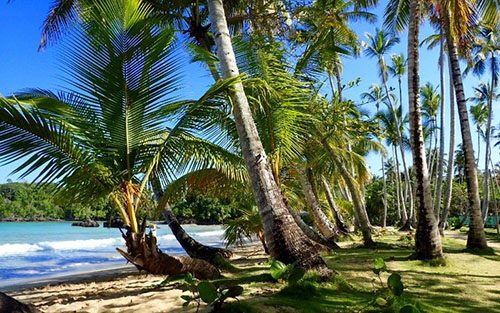
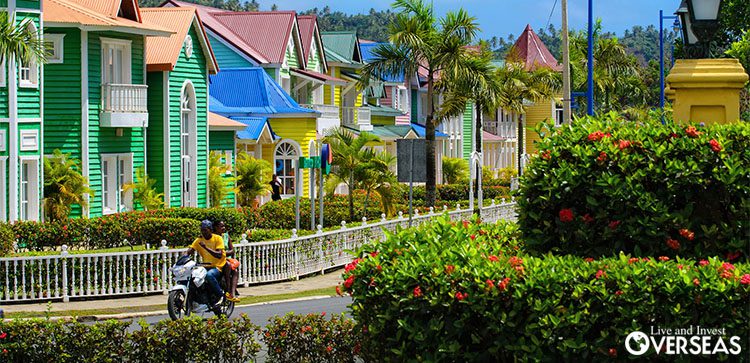
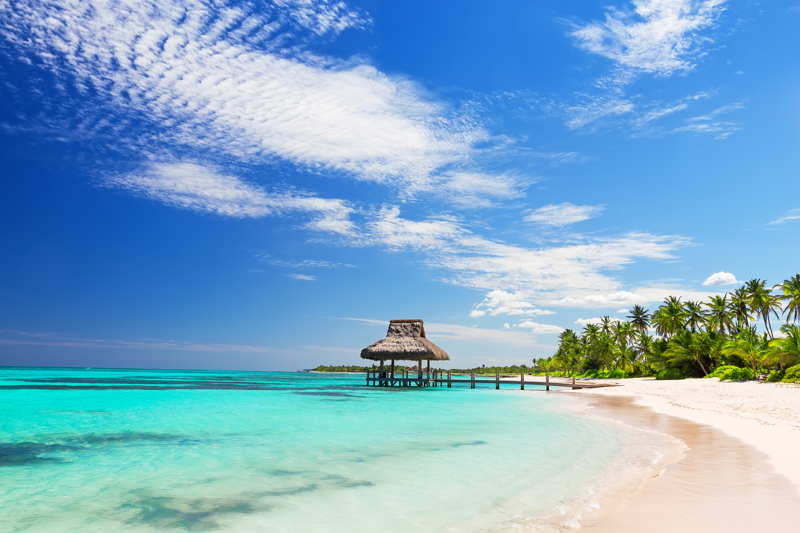 . '
. '  . '
. '  . '
. ' 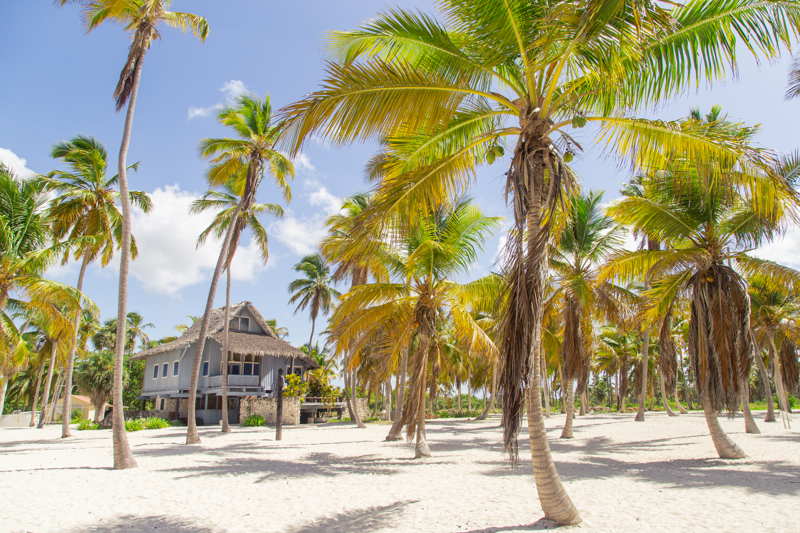 . '
. ' 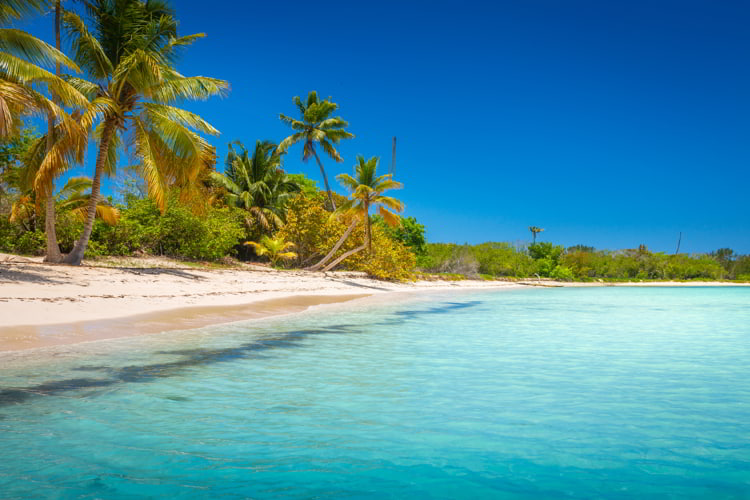 . '
. ' 



